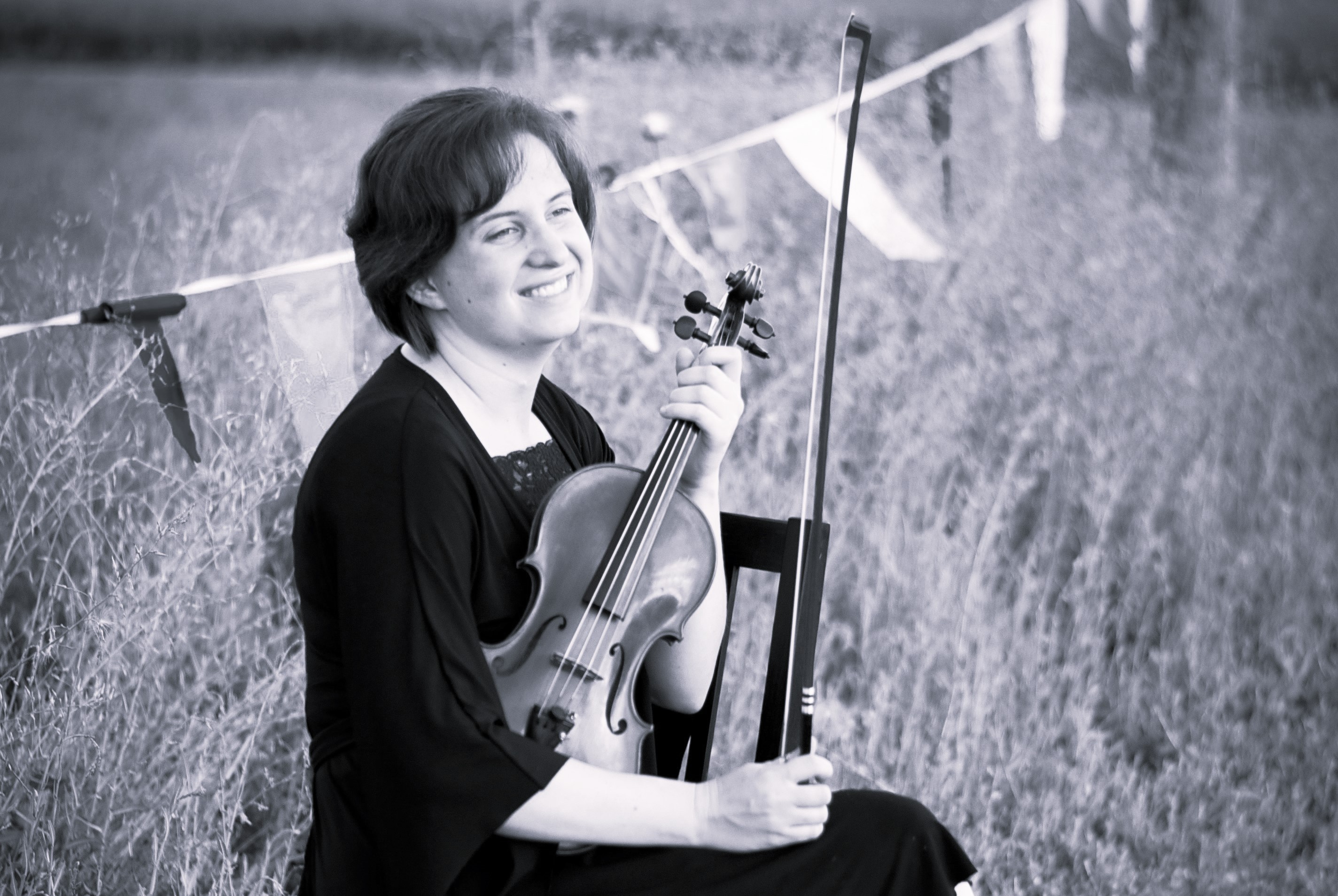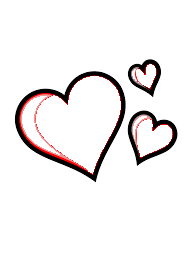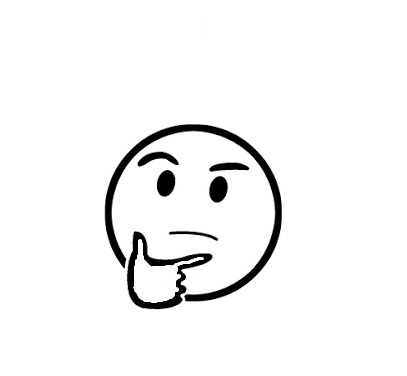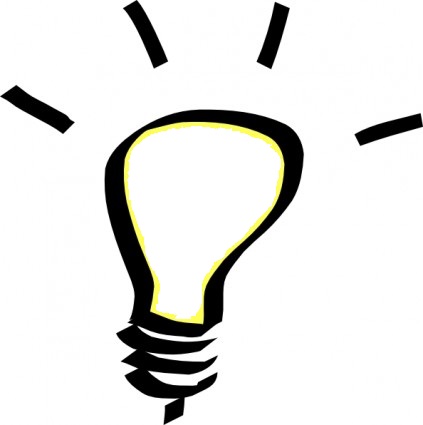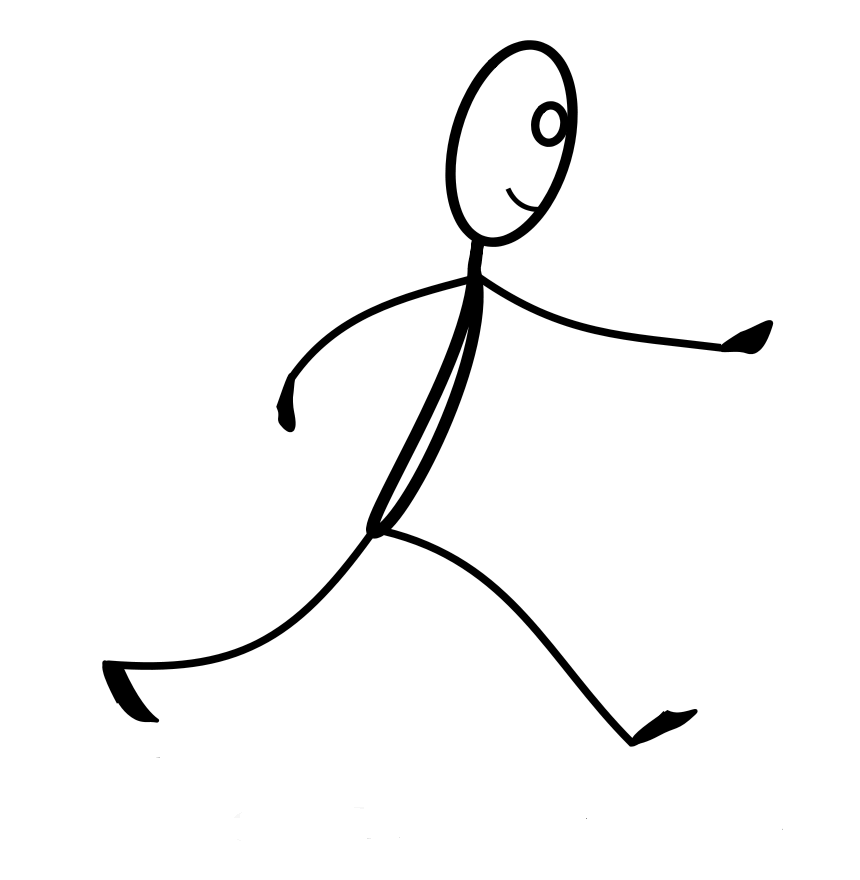- Having to answer endless fan mail
- Requiring bodyguard protection
- Your children only known for their association to you
- Pressure from people having high expectations of the quality and sometimes quantity of work you produce, basically over-influencing how you spend your time
- Some might doubt your inherent goodness because "life is different for you"
- Most admire you simply due to your musical talent
- You let the attention influence you to over-inflate your ego (fame/power corrupts)
- Distracted from interacting with your friends
- Less time for family
- Influencing people more than you intend
- You're unhappy, wondering if you're really making a positive difference
But back to the lives of average famous people. People either feel comfortable judging you or they put you on a pedestal. Their opinion is based on what's in print. Or what they see on stage. You lose your sense of your best qualities, only nurturing the thing you're known for, because it's what's expected. Things just get out of balance. And when people think too highly of you or feel awkward around you, that's just"¦awkward. At the very least, it feels surreal.
Let's be honest"”I rather enjoy having my husband be the only person I know who tells me I'm nearly perfect. And though we both acknowledge he's biased, at least he's sincere. Some in my family have thought I seek out being the center of attention, but I would say that's not true (at least in a general sense--I'm ok with people seeing me play my violin)! I especially am self-conscious about lots of individualized attention if it's awkward for anyone else. In a nutshell, I just like being appreciated.
Here's the kind of attention I like:
- "Haven't I seen you somewhere before?"
"”random person in the grocery store - "Hi, Cody's mom!"
"”kindergartner at my son's school in the parking lot a couple of days after I came to volunteer - A smile from a fabric store employee as I return yet again
- A heartfelt compliment from a friend when no one else is around
- Having twelve blog subscribers
- Someone with tears in their eyes saying I've changed their life (ok, I don't remember this particular one ever taking place, but it sounds amazing"¦)
"The worst thing about being famous? I think it's what everybody says--the lack of privacy and the idea . . . that everything that you do is viewed under a microscope."
--Madonna
"I never wanted to be famous. I only wanted to be great."
--Ray Charles
"I have no use for people who throw their weight around as celebrities, or for those who fawn over you just because you are famous."
--Walt Disney
"Being famous is having the power to really implement positive change in the world . . . I can play music and people will listen."
--Sean Lennon
"Keep your family and old friends around you. That's what I had done and that's what saved my life when it came to being famous."
--Barry Manilow
"The worst thing about being famous is the invasion of your privacy."
--Justin Timberlake
"People think that being famous is just about having your picture taken all the time and being rich, rich, rich, and you know what? . . . They're absolutely right."
--Madonna
And finally, I had to look up who this guy is, and btw, his occupation is appropriate for the humor, but I thought this quote was clever: "I would have changed my last name if being famous were my goal."
--Zach Galifianakis
